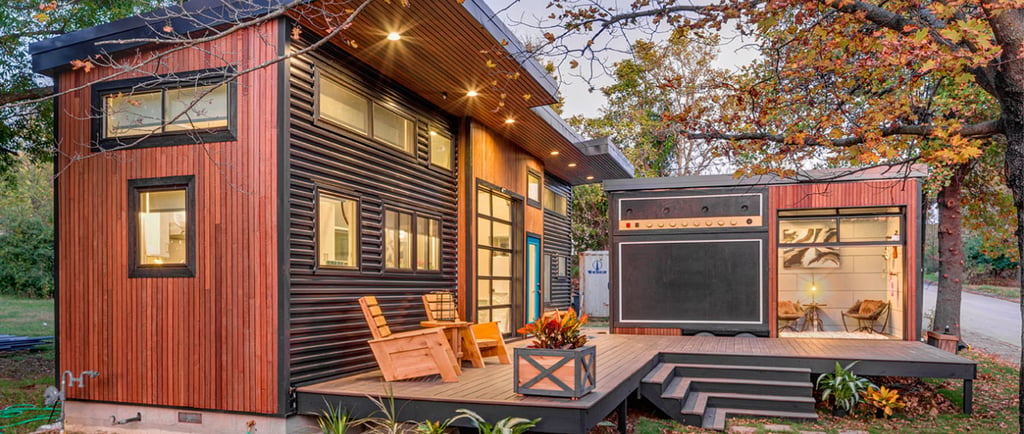items chosen one by one so you have the best option and save money on amazon (Links in articles)
The Tiny House Boom: Sustainable Solution or Real Estate Nightmare?
In recent years, the tiny house movement has swept across the United States, capturing the imagination of homeowners, environmentalists, and millennials alike. Promising affordability, sustainability, and a simpler lifestyle, tiny houses—typically under 400 square feet—offer a radical alternative to traditional living. But is this trend a genuine solution to America’s housing crisis, or could it be creating unforeseen problems in real estate markets? In this article, we’ll explore both sides of the tiny house boom and its impact on American architecture, communities, and lifestyles.
6/24/20252 min leer


What Is the Tiny House Movement?
Originating as a minimalist lifestyle choice, the tiny house movement encourages downsizing living spaces to reduce expenses, environmental footprints, and clutter. These homes can be stationary or mobile, often featuring multifunctional furniture, space-saving designs, and eco-friendly materials.
Why Tiny Houses Are Celebrated
1. Affordable Housing Alternative
With soaring real estate prices, tiny houses offer a financially accessible option for many, especially first-time buyers and young adults.
2. Sustainability and Low Environmental Impact
Smaller footprints mean less energy consumption, fewer materials, and a reduced carbon footprint. Many tiny houses incorporate solar panels, composting toilets, and rainwater harvesting.
3. Simplified Lifestyle
Advocates say tiny living promotes mindfulness, reduces consumerism, and fosters community through shared spaces and intentional living.
The Controversy: Real Estate and Zoning Challenges
Despite its benefits, the tiny house boom faces significant criticism and hurdles:
1. Zoning and Building Codes
Many U.S. cities have zoning laws and building codes that restrict tiny houses, especially mobile ones. These regulations can make it difficult to legally park or build tiny homes.
2. Impact on Housing Markets
Critics argue that tiny houses do little to solve housing shortages at scale. Their limited size and specialized appeal mean they may not alleviate the need for affordable, family-sized homes.
3. Community Pushback
In some neighborhoods, residents resist tiny house developments, citing concerns about property values, neighborhood character, and infrastructure strain.
4. Financing and Insurance Issues
Tiny homes often don’t qualify for traditional mortgages or insurance policies, complicating ownership and resale.
The Future of Tiny Houses in the U.S.
Some cities are revising codes to allow accessory dwelling units (ADUs)—small homes on the same lot as a main house—to provide flexible housing solutions.
Innovative builders are creating modular tiny homes that meet code and offer greater accessibility.
The trend is sparking policy debates about urban density, affordable housing, and sustainable development. Link on amazon for your home!
Final Thoughts: Solution or Problem?
The tiny house boom represents a promising yet complex shift in American housing. While it offers sustainable, affordable alternatives for some, it is not a one-size-fits-all answer to the nation’s housing challenges. Navigating regulatory, social, and financial obstacles will be key to whether tiny homes become a lasting fixture in the U.S. architectural landscape.